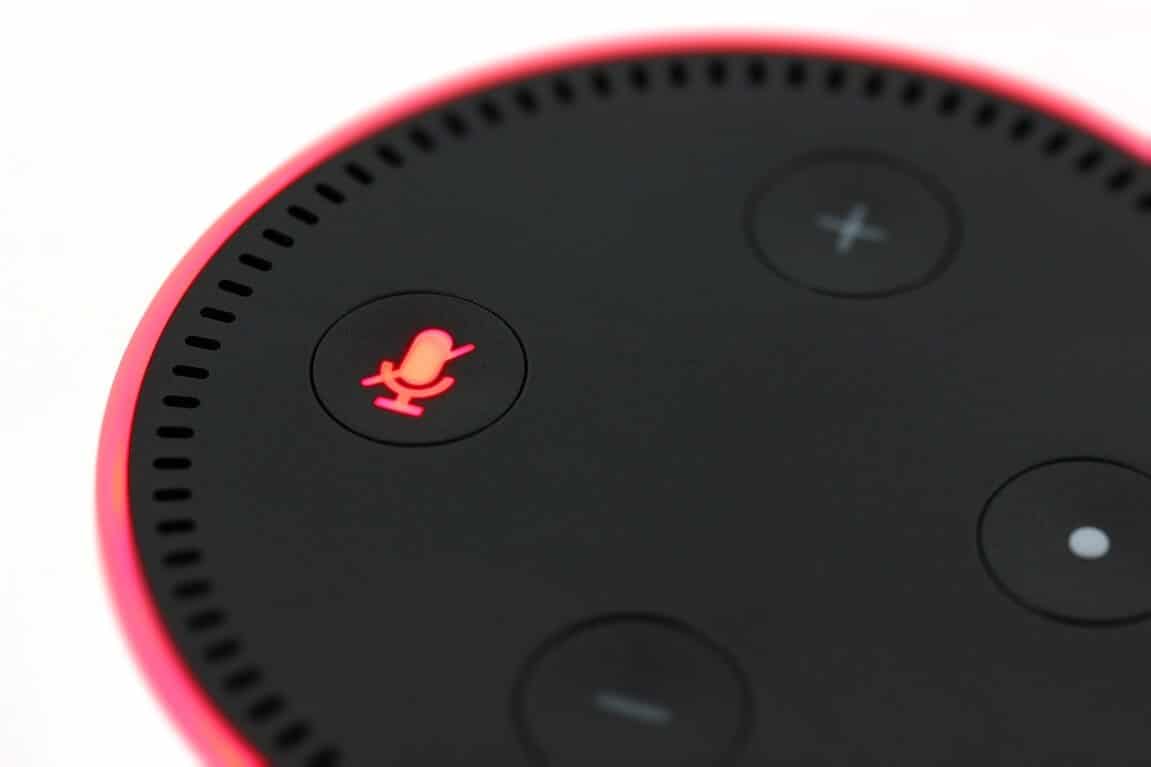Last Christmas, I joined the 21% of Americans who have a voice assistant in their home.
After the initial unboxing and setup, I spent hours taking it for a technological test drive. I set alarms for wake-up times and conference meetings, checked my pantry and ordered groceries for whatever I was low on, I even vainly attempted to stump my new wonder gadget with any number of useless trivia questions. There was no doubt: I was in high-tech heaven. So, when a friend who also has a voice assistant warned me that the novelty would soon wear off, I naturally refused to believe it.
Of course, my friend was right.
These days, the only times I interact with my once-beloved voice assistant are when I groggily shout for it to turn off the alarm clock, or right before I leave when I ask it the day’s weather.
Taking the Voice Technology from Novelty to Necessity
While they may fall a bit short of Asimov’s robotic nursemaids or Tony Stark/Iron Man’s J.A.R.V.I.S, the voice assistants produced by the likes of Apple, Google, and Amazon are undoubtedly remarkable advances in home computing technology. But like everything from the lightbulb to the latest gaming system, the high-tech curb appeal of personal assistants has a shelf life. If these devices (and the third-party apps they communicate with) are going to continue to be relevant players in the market, the onus will be on them to adapt to the fluid needs of consumers.
If you don’t like what’s being said, change the conversation
According to a report from Publicis Media, the main gripe that consumers have with their voice assistant is the lack conversational capabilities that go beyond simple commands like “how long will my commute take?” or “play Johnny B. Goode by Chuck Berry,” or as Publicis puts it “When you invite someone to have a conversation, it is very clear in a voice-led world where your content strategy left off.”
While it’s up to the tech wizards at the big companies to improve the functionality of the assistants themselves, marketers and app developers can get ahead of the game by creating intuitive content that takes example of existing trends and technology. For example, music streaming services and podcasts offer a great opportunity to serve consumers an interactive ad experience that can be tailor made to fit the profile of the typical listener. Instead of a cookie cutter 30 second spot that talks at a listener, a food chain can harness the power of a voice assistant to create an ad that converses with the listener – asking what their favorite item on the menu is or conducting a voice survey with a listener in exchange for a free meal.
The integration possibilities are endless, and you don’t have to wait until the technological singularity of the far-off future to take advantage of it.
Whether it’s voice recognition or augmented reality capability, consumers are getting ever hungrier for new and exciting features to be integrated into the services they already know and love. If your business or organization is ready to take advantage of the latest trends in customer outreach, contact Jessica Chabot, Vice President, Client Services of Millennium Agency at www.mill.agency.
About Millennium Agency
Millennium Agency is a nationally recognized, top woman led B2B branding, positioning, and digital marketing firm who knows how to create value that emotionally influences your customer’s buying decision, giving you the competitive advantage. As your trusted partner in B2B software technology and manufacturing, we provide the branding and positioning framework that make an impact – so you can focus on what you do best – run your business successfully. With offices in Boston and New Hampshire, and a worldwide presence, the professionals at Millennium Agency would like to learn more about your business. Visit www.mill.agency or book time here.


























